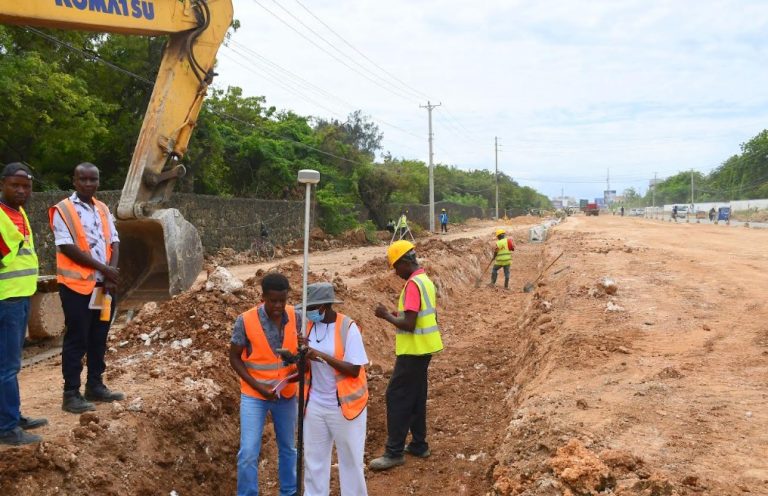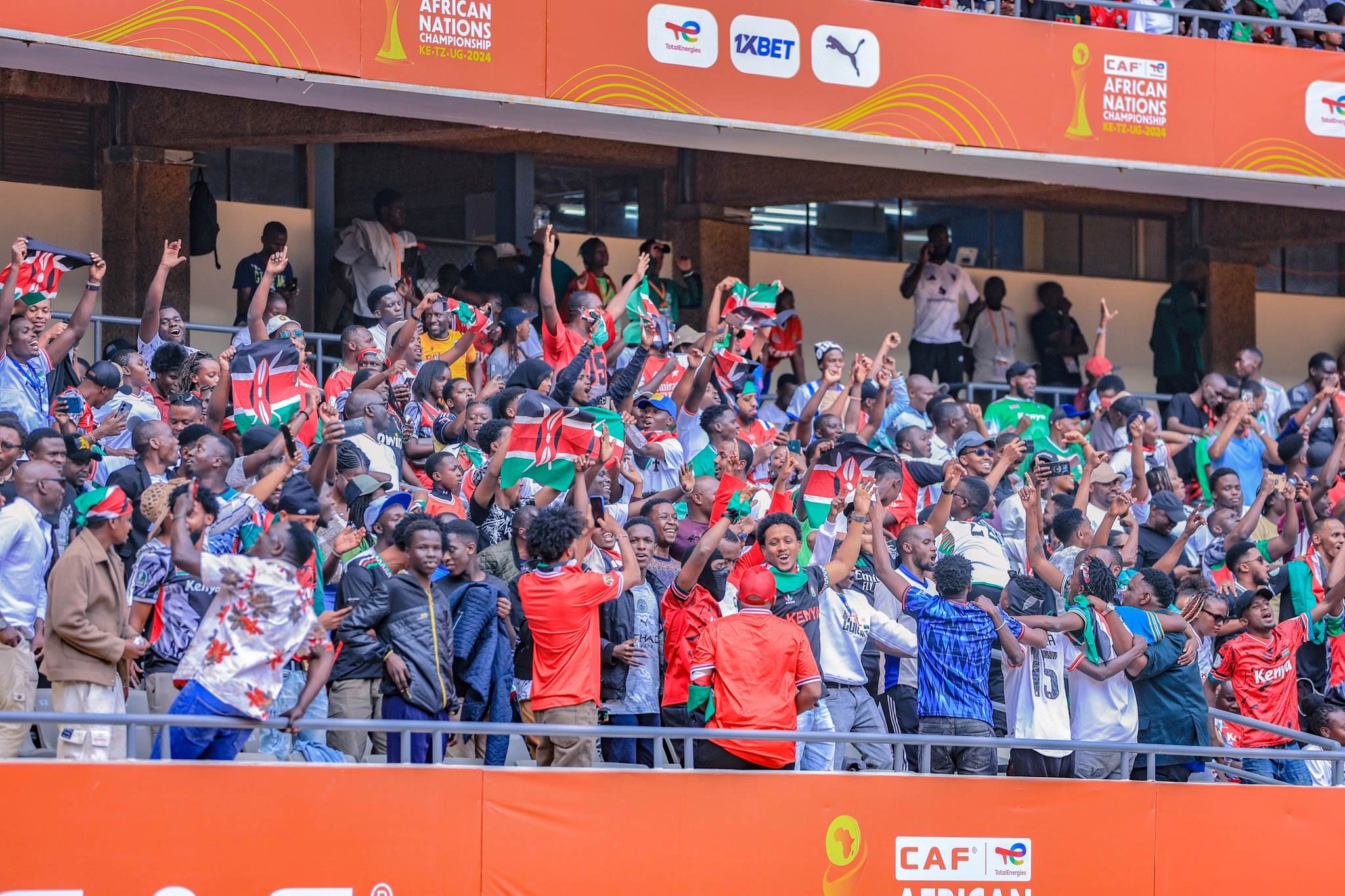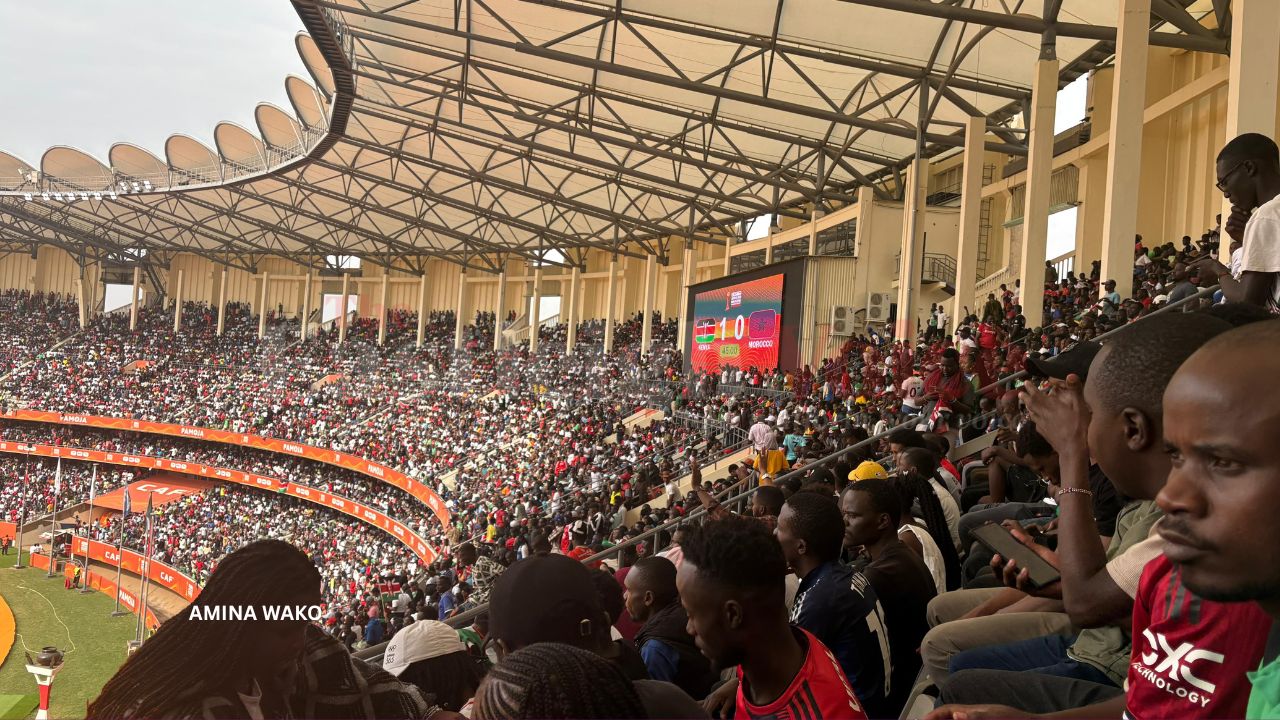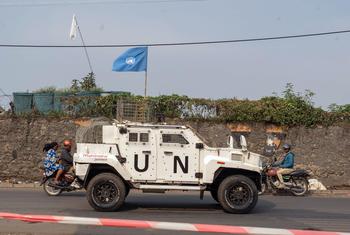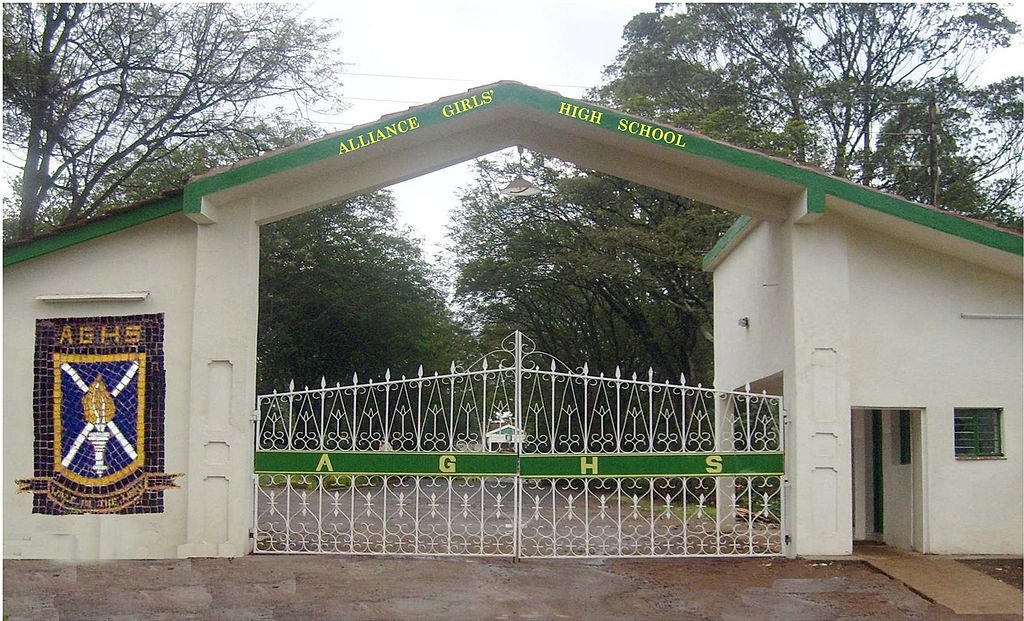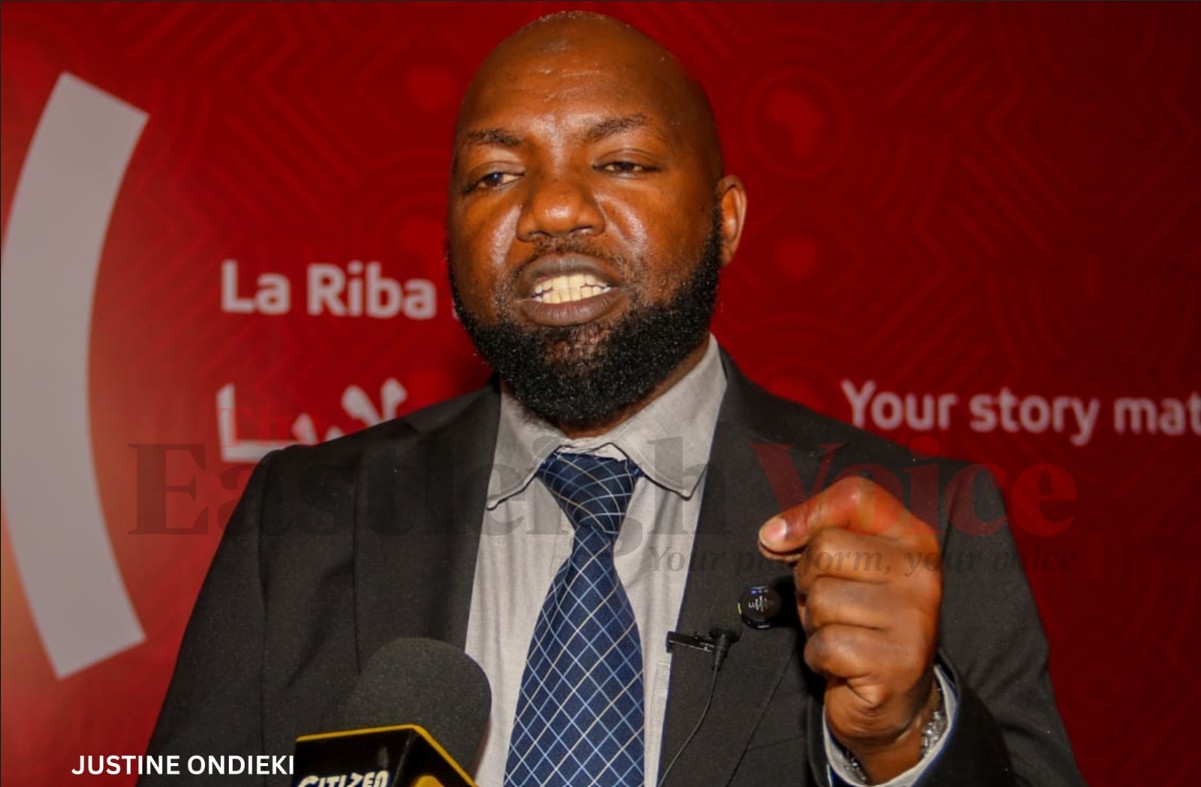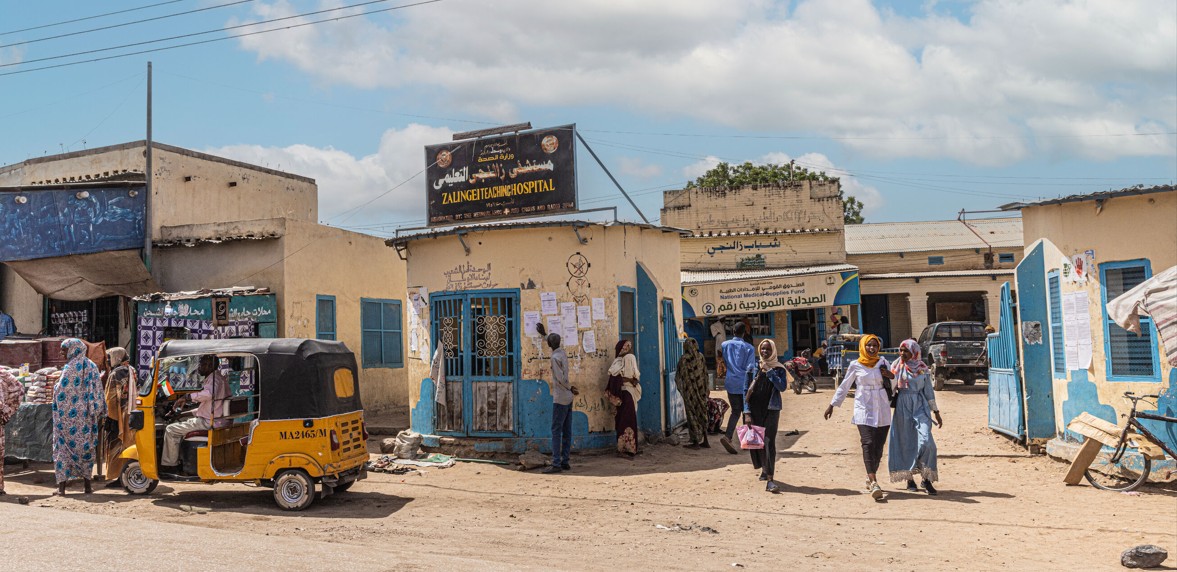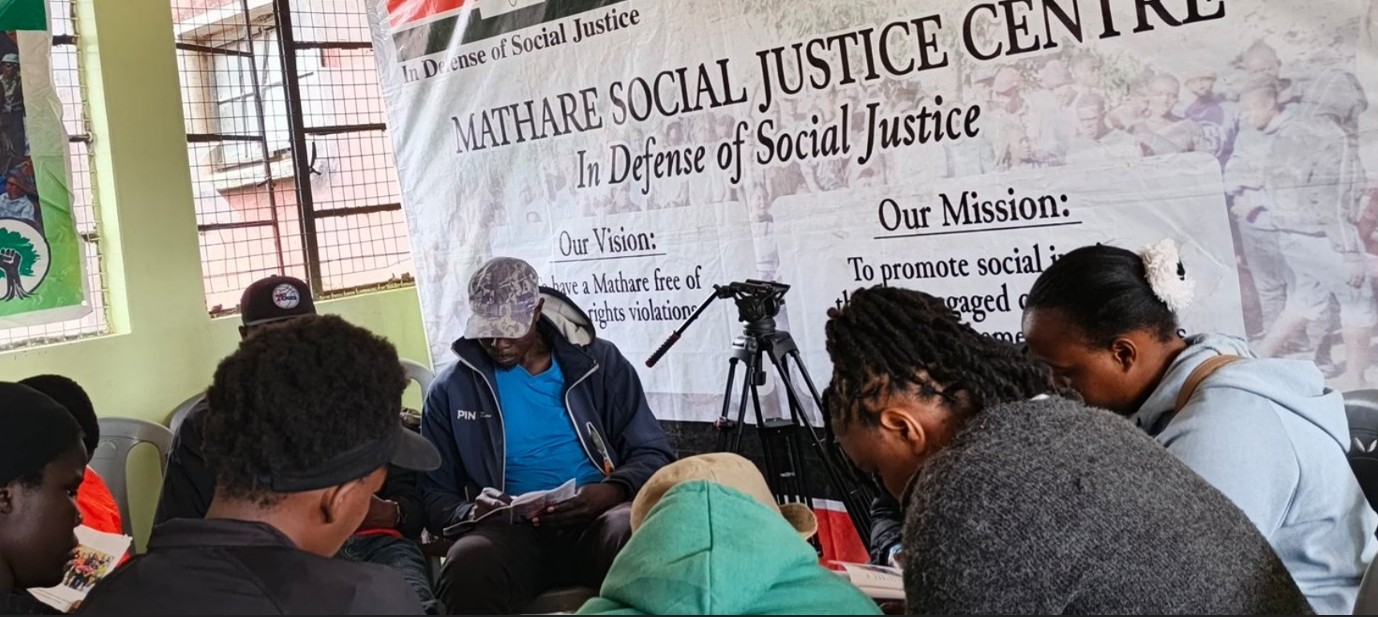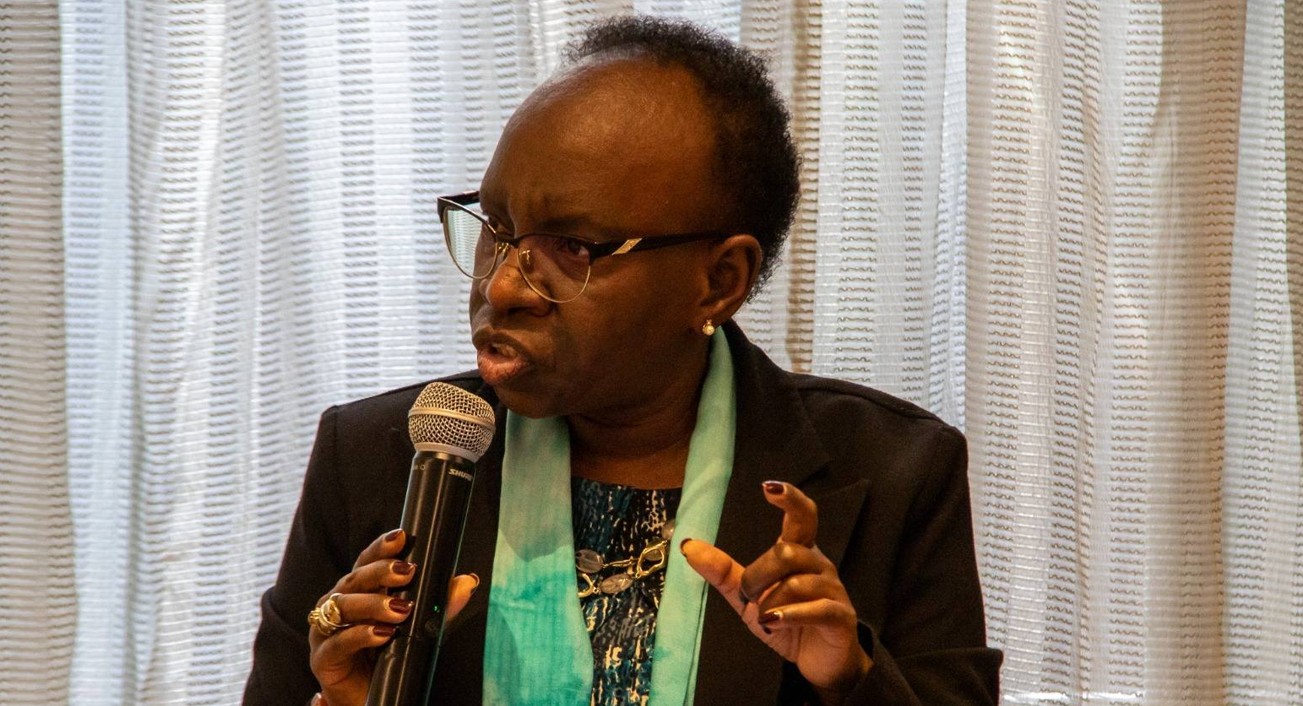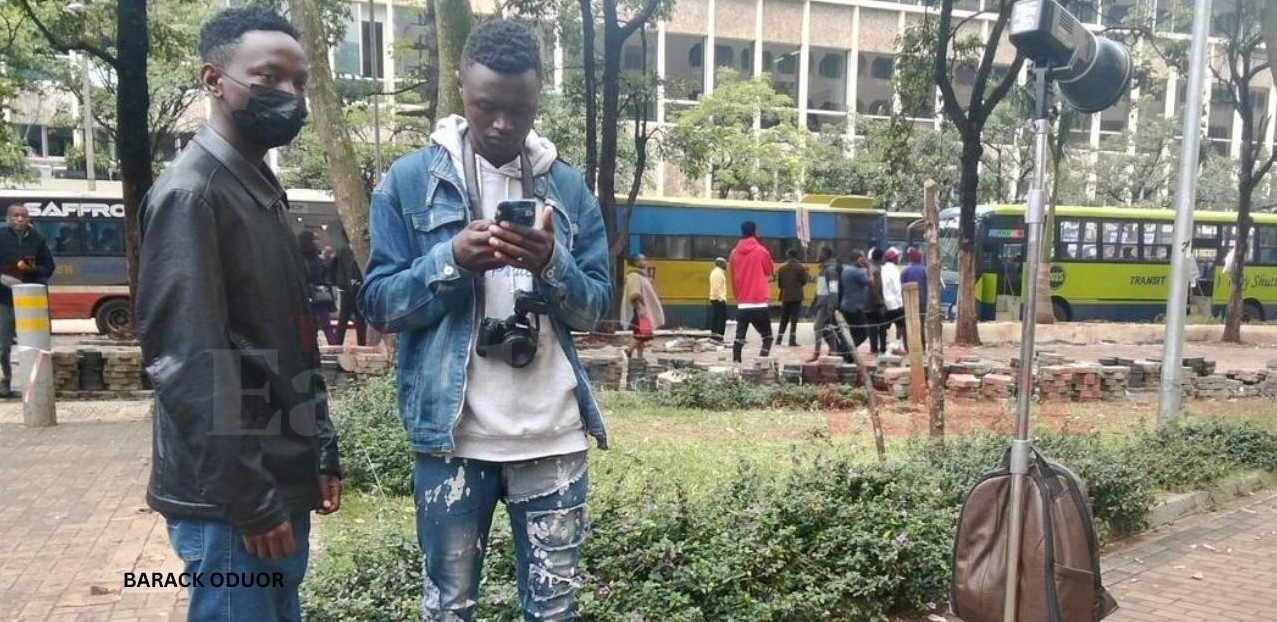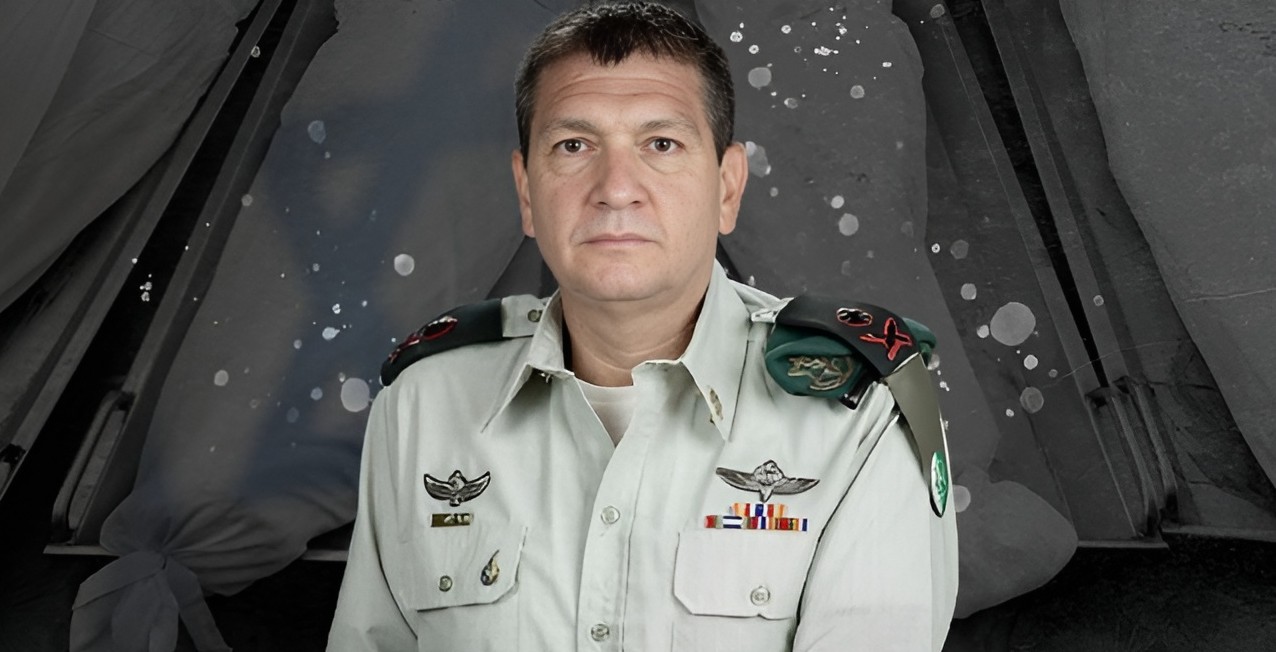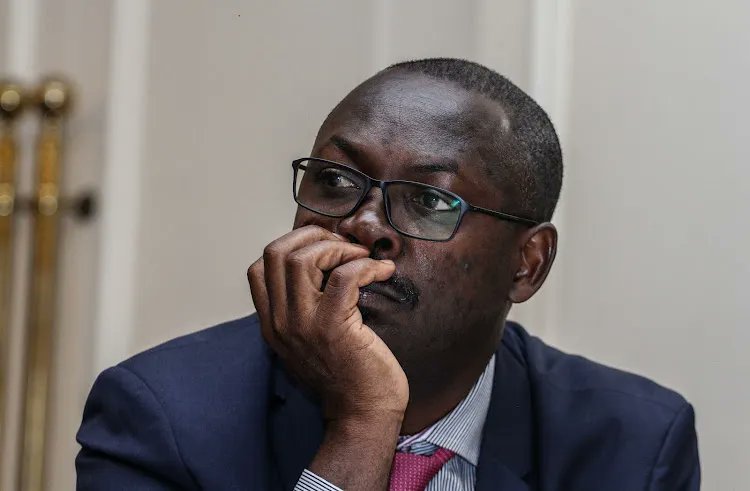Ballistics expert fails to conclusively link ex-Pangani police officer Ahmed Rashid's gun to Eastleigh shootings
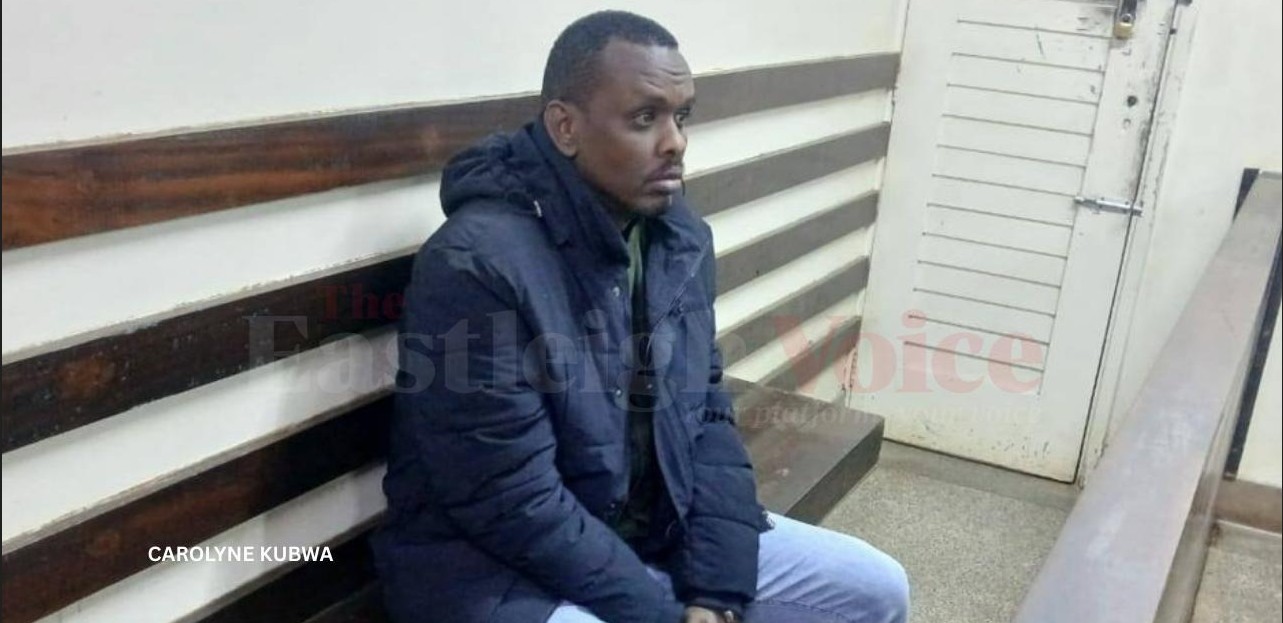
He further confirmed that the recovered AK-47 rifle was in good mechanical condition, but test firings showed no match with the bullets or cartridges from the Eastleigh scene.
A ballistics expert has told a Kibera Court that a firearm allegedly linked to former Pangani police officer Ahmed Rashid could not be conclusively tied to the bullets recovered from a 2017 shooting in Eastleigh.
Senior firearm examiner Commissioner Lawrence Nthiwa told Justice Diana Kavedza on Tuesday that his analysis did not provide conclusive evidence that the recovered bullets were fired from the weapon marked as Exhibit PA2.
More To Read
- Ex-Pangani officer Ahmed Rashid’s colleagues say they didn’t witness youths’ shooting
- Police officers told to buy bread and milk for remandees after skipping court in Rashid murder trial
- Court hears how police surveillance systems tracked suspects in Ahmed Rashid murder case
- Autopsy reveals man allegedly shot by State House aide’s bodyguard suffered multiple gunshot wounds
- Ex-Pangani OCS places Sergeant Rashid at scene of fatal Eastleigh shooting
- 3 suspects in shooting of Eastleigh businessman detained 10 days
Nthiwa was testifying in a case former Pangani police officer, Ahmed Rashid, is facing murder charges for two people in 2017.
He explained that while polygonal rifling, such as that found in Glock and Jericho pistols, leaves similar impressions, unique markings can identify the specific gun used. "The transfer of markings could be insufficient. Even if they are aligned, it would be improper to conclude," he told the court.
It was his testimony that he did not come to a conclusive finding that the bullets fired came from the gun, which was an exhibit, adding that the deformations on the bullets may have been caused by impact with a hard surface after discharge.
Nthiwa, who has over 20 years of experience in ballistics, presented his report on items submitted for examination following the March 31, 2017, shooting along Eastleigh's 4th Street, where two young men were fatally shot outside Amal Shopping Complex. Ahmed is accused of murdering the pair during the incident.
According to his report, the exhibits included fired bullets, bullet fragments, spent cartridges, live ammunition, a toy gun, and a Chinese-made AK-47 rifle.
His analysis revealed that bullets and fragments marked A, B2 and C1 bore rifling impressions consistent with Glock- and Jericho-type pistols, other fragments, marked B1, C2, C3 and C4, were consistent with Ceska and Browning pistols, 10 spent cartridges were fired from at least two firearms; some from a CZ 75 Ceska pistol, and others from a Jericho or Browning pistol.
Nthiwa also testified that the toy pistol, marked as Exhibit D, had been crudely modified by welding a cylindrical pipe to its barrel but was incapable of firing live ammunition, qualifying it as an "imitation firearm" under the Firearms Act.
Three live rounds submitted as Exhibits E1 to E3 were found suitable for use in 9mm pistols and were successfully test-fired from two Jericho pistols presented during the investigation.
He further confirmed that the recovered AK-47 rifle was in good mechanical condition, but test firings showed no match with the bullets or cartridges from the Eastleigh scene.
Another witness, a police officer, Japheth Mugambi, testified that photographs taken at the crime scene did not show the presence of a firearm next to the two bodies. He said only one photograph, showing the body of a victim in a yellow T-shirt, contained the image of a gun.
The hearing continues on Wednesday.
Top Stories Today
